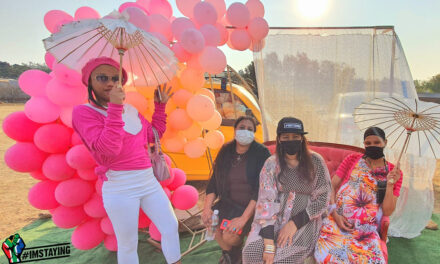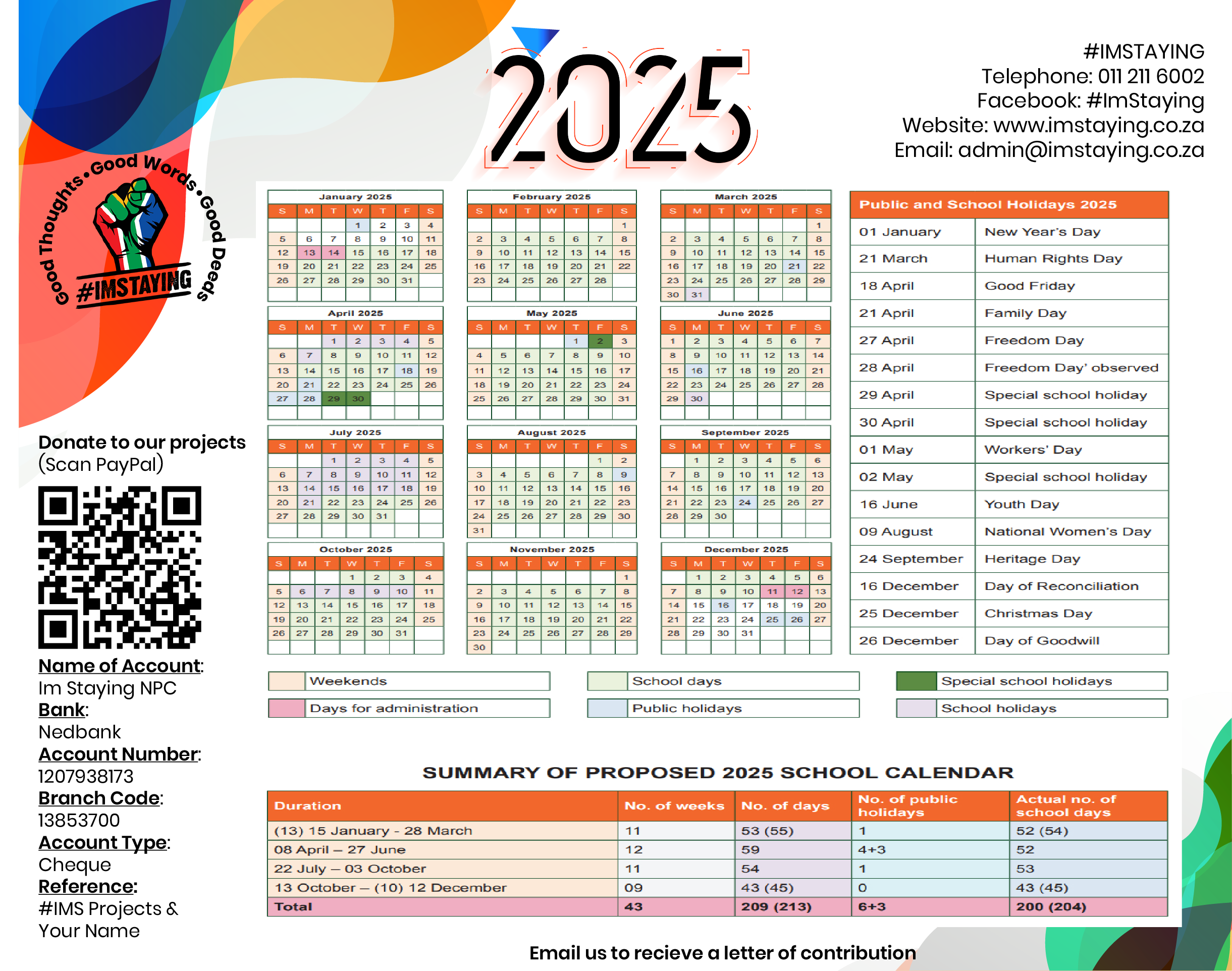Anyone over the age of 55 is likely to remember exactly where they were when they heard the news of the Soweto Uprising. I do. If not, you’ve heard stories of how others learned about this historic event. Not only did the Uprising bring to light the immense inequalities in the Apartheid system, it also finally captured the attention of the world to these injustices.
Kedibone Nkosi, one of an estimated 20 000 students who participated in the Soweto Uprising on 16 June 1976, recently shared her first-hand experiences of that day and the events leading up to this historic event.
Describe the broader social and political landscape of South Africa at the time of the Soweto Uprisings.
“South Africa was, and is, still beautiful. At the time of the uprisings, whites lived in the beautiful suburbs and blacks lived in townships just outside the suburbs. Everywhere there was a city, there was also a township where Blacks who serviced and maintained the city lived. At a certain time in the evening, Blacks were not allowed to be in the cities and you would be arrested if found roaming the streets after the said given time.
There were also rural areas where Blacks had owned land, however, Blacks who owned fertile land were forcibly removed and relocated to barren land where they could not farm. This started the migration of Black men to the cities and neighboring townships. Most of these men worked at the Mines and would only go back home once a year at Christmas.
Soweto (South West Township) was such a township outside of Johannesburg, and just like the name says, it was south west of Johannesburg. It was about 30 minutes from Johannesburg. The main mode of transport was the trains. Whites used separate comfortable coaches away from Blacks. It was an offense to use the Whites only coach even if the Black coach was full to capacity.
Small four-roomed houses were the norm. No electricity, no running water and with an asbestos roof. The toilet was outside and, God forbid, if you were to need the toilet at night. Thugs would wait for unsuspecting victims. Blacks only lived there and only the ones who qualified. To qualify, you had to have been born in Johannesburg. You either had to have the birth certificate to prove that you were born there or your Identity Book had a Section 1(A) stamp.

The household had to be registered in a permit with the municipality. So visitors, including close relatives, could not spend the night if they were not on the permit. I remember, sometimes we had relatives spending the night and in the middle of the night we would get a loud bang on the door and windows. The police, known as blackjacks, would come in and verify that everyone belonged and was registered on the permit and if not they would be arrested.
Whites were not allowed to enter the townships. The conditions under which we lived were bad but we made the most out of it. We survived each day with the violence going on around us. Many times we saw fathers being stabbed to death as thugs robbed them of their hard-earned money. Most people in Soweto had other houses at their rural origin – their place of birth. They spent a lot on building big houses for when they retired, but unfortunately for most they never got to enjoy those houses.”
On a more personal level, tell us about your own life at the time.
“I was a first year student at The University of the North (Turfloop) studying Computer Science. My Matric results had been so good that I received multiple bursaries to study, otherwise my parents couldn’t have afforded to send me to college. I was the first born of six kids. My parents and my teachers wished for me to become a doctor, but at the first labs to dissect a frog, I realised that I could never become a doctor, I couldn’t slice the frog and so I changed my major to computers. This was also so that I could complete studies in 3 years rather than 7 years.”
What influences and circumstances in your life brought you to that historical crossroad?
I had met a friend, in Matric, at a boarding school in Hebron next to Tshwane which was then called Pretoria. She was friends with Cyril Ramaphosa’s ex wife, Hope. Cyril was by far our senior. Hope, Pinky and I were born again Christians and we spent much of our time at SCM (Student Christian Movement). Frank Chikane’s wife, Kagiso, was our friend and a Christian.”
Describe your own involvement in the uprisings – what you saw, what you felt, what you experienced.
“The first thing that comes to mind is, a friend asking if I had heard the news. Soon afterwards, there was a meeting and we joined the march to protest the killings in Soweto. The police were ready for us. On our way out as we were fleeing the campus, I was given a petrol bomb to throw at a post office in Mamotintatane in Polokwane. When we thought that the police had left and we went back to the campus to eat and gather our clothes, the police pounced on us and captured us. Later when we couldn’t all fit in the police vans, only boys were taken to jail. We were being beaten as we waited to be taken to jail.
We went back home and classes were cancelled for the rest of 1976. The journey back home, in a train, was not pleasant either, more students were arrested and this angered us. We got home to a full blast war. I joined my two brothers doing whatever petty jobs we were offered. My parents were against that.”
What impact did the uprisings have on you personally?
“I didn’t complete my Bachelor’s degree and I lost my bursaries.”
Did your experiences in the uprising change the direction of your life in a profound way?
“Yes, it did. We went back to Turfloop in 1977 to repeat the classes. My bursary agreed to finance me based off of the mid-year results, however, the struggle continued. The unrest went on and ultimately, didn’t finish my education. ICL, through a special programme, trained us in Computer programming and thus started the career that ultimately brought me to the US.”
How did they impact you on a philosophical level?
“1976 shaped my life. It traumatised me – it still does. With what is currently going on, I could not but relive the Soweto Uprisings. It is like a chapter from the 1976 book and yes, I took part in the peaceful protest.”
Would you say the uprising achieved what they had intended?
“The intent was to peacefully march to protest Afrikaans as a medium of instruction in our schools. Afrikaans was already difficult to learn as we had no qualified teachers to teach the language, and so forcing it on us was not making learning any easier.
This peaceful march was horribly disrupted and turned to violence by the then regime as police met this march with guns. Hector Peterson, a young boy, was shot and killed and all hell broke loose. Of course, the ‘tsotsi’ element took over and liquor stores were burned and looted. This had not been our intent at all. It soon escalated to where we never thought it would go. We were relentless and had nothing to lose and so it went on.”
Could the uprising be considered ‘successful’?
“Yes, they were successful but we paid a high price.”
In what way?
“It highlighted not only the problems we had at schools, but the brutality of the then regime. The uprisings were highlighted worldwide. It forced South Africa to reconsider its stand. Meanwhile, they arrested the youth and put them in jails. Many of them were killed and the police claimed that they had committed suicide. John Vorster Prison was notorious for those claims. Pretty much if you were arrested and taken to John Vorster we gave up on you.
Arrests also turned friends into enemies. When you were tortured, and asked about accomplices, you pointed to anybody. So many of our friends skipped the country to run away. Some never reached the place of safety. Some died in exile. They lived under tough circumstances. We, who were left behind, were sometimes referred to as sellouts as the exiles thought that we gave information to the investigators. It was not easy for us. The police could knock at your parent’s any time and throw you in jail by a mere fact of your name being mentioned in an interrogation.”
If you could give one message to South Africa’s young people today, what would that be?
“Attitude is everything, let it be intentional and positive. No one owes you anything, be the driver of your own future, with God’s guidance of course.”
To donate to the #ImStayingFund,
please click here:
Please submit your story to us HERE
For more positive and uplifting stories visit us at #ImStayingGOOD THOUGHTS • GOOD WORDS • GOOD DEEDS











